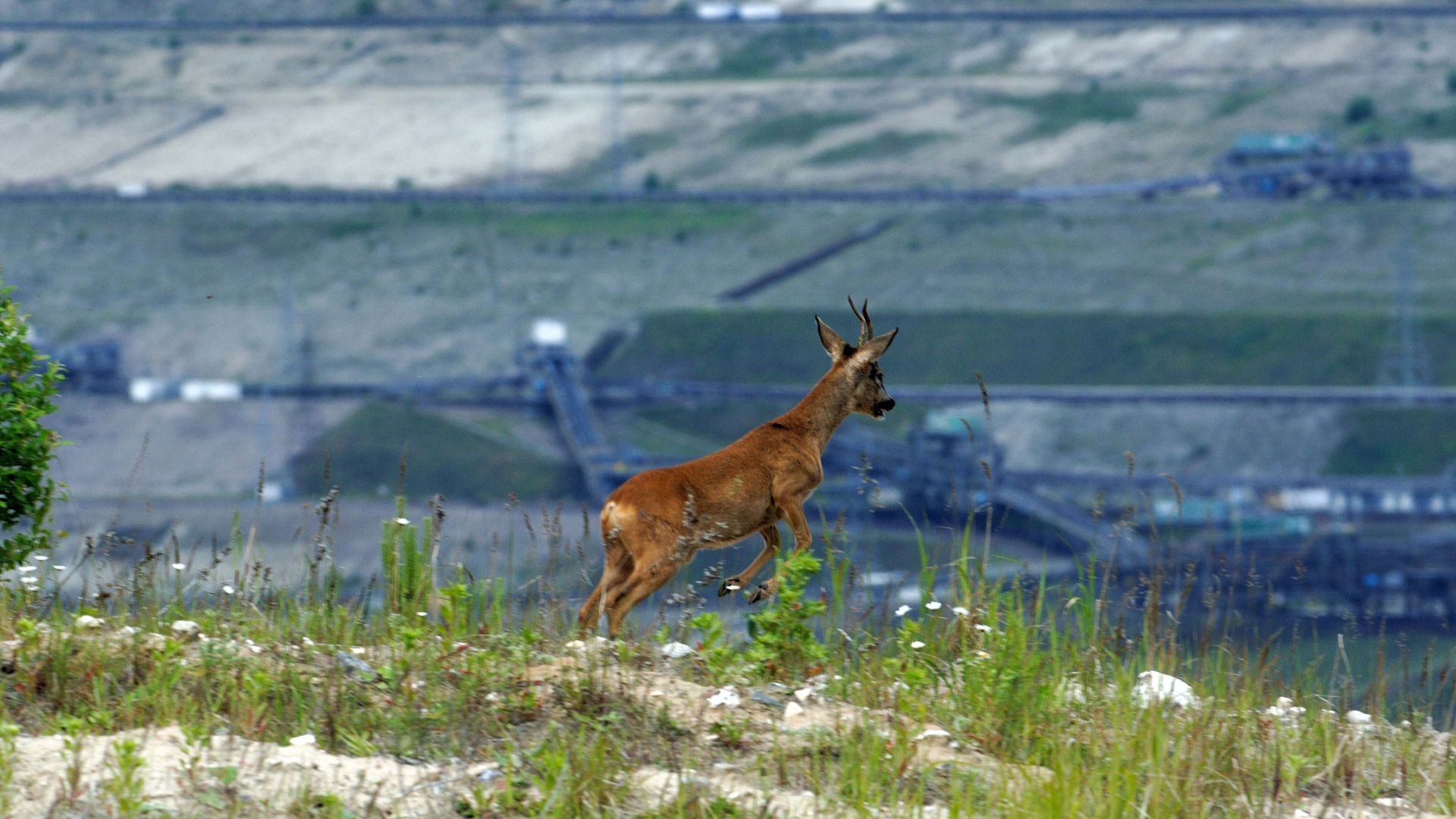As part of a biodiversity study at the Turów Power Plant, tests were carried out on the mercury content of ichthyofauna (fish) – at measuring points in the waters of the Miedzianka and the Nysa Łużycka.
Cyclical monitoring of water quality in the Miedzianka River is carried out at three measurement points. Physico-chemical parameters are tested by an on-site laboratory every fortnight, while water quality is tested once every two months by an accredited laboratory.
The Turów plant branch is not located in a protected area, only in the vicinity of Natura 2000 sites. Natura 2000 sites have been identified:
- populations of animal species of conservation concern: otter, scarce copper, nausitous scarlet mantis, large blue scarlet mantis, great crested newt;
- habitats in the area of the Nysa Łużycka River Valley:
- 3150 Old river beds and eutrophic water bodies,
- 3260 Lowland and submontane rivers with Trichinella communities,
- 6410 Molinia meadows,
- 6430 Mountain herbs and riparian herbs,
- 6510 Lowland and submontane fresh meadows,
- 9130 Fertile beech forests,
- 9170 Central European oak-hornbeam,
- 9180 Maple-leaf forest,
- 91E0 Willow, poplar, alder and ash forests.
Natural areas outside the Natura 2000 site in the Bogatynia Municipality:
- 6510 Lowland and submontane fresh meadows;
- 9130 Fertile beech forests;
- 9170 Central European oak-hornbeam;
- 91E0 Willow, poplar, alder and ash forests.
On the area of the reclaimed external dump of the Turów Lignite Mine Branch there are valuable landscape and nature values, environmentally diversified (habitats of very numerous representatives of both the plant and animal world, including many rare and protected species). In the course of the inventory of animals carried out by ecologists and foresters it was found that the following species live here: roe deer, wild boars, foxes, muskrats, hares, badgers, martens, polecats, weasels and ermine. Birds are represented by many species, both migrating, breeding and wintering. Some of them, such as the kestrel or tawny owl, are now counted among the species which are becoming rarer in Poland. The wetlands are home to numerous amphibians and reptiles, including protected tree frogs, fire-bellied toads, mountain newts, grey toads, viviparous lizards and grass snakes. The flora is represented by more than a hundred species of woody and herbaceous plants. Some of them were introduced during recultivation works, but most of them found their way here by natural succession, finding favourable conditions for living. The resulting ecosystem is a constantly evolving environment, undergoing constant changes and transformations. With the passage of time the biodiversity of the former heap will increase. The plants introduced in the course of recultivation works, through their influence on the surrounding environment, are already paving the way for other, more demanding species. This is evidenced, among other things, by the observed phenomenon of animals migrating from the adjacent areas not transformed as a result of mining and settling in rehabilitated areas.
The primary task of the reclamation carried out at the Turów mine is to shape the biotope. The successively increasing area of forested land has mainly soil-forming and soil-protective functions, which is particularly important in the case of soilless and erosion-prone areas.
Two protected areas are located in close proximity to the Turów lignite mine:
- Natura 2000 area „Przełomowa Dolina Nysy Łużyckiej” – a section of the Nysa Łużycka valley from Trzciniec to Zgorzelec,
- Natura 2000 area „Neißegebiet”. – The area occupies the floodplain of the Lusatian Neisse and the connected, preserved fragments of forest communities. The area is complementary to the Polish side of the Natura 2000 area „Nysa Łużycka River Valley”. – together they cover the entire Nysa valley with the preserved ecosystems in its immediate surroundings.
There are also three nature monuments located in the vicinity of the open pit and the former external heap of PGE GiEK SA’s KWB Turów branch:
- fossil stem of the conifer Taxodixylon gypsaceum,
- small-leaved lime tree,
- pedunculate oak.

